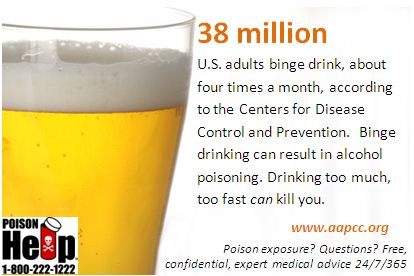
Alan: Once a behavior is normalized, people are powerfully inclined to ignore any associated detriment... for if they saw "the downside" clearly, they would have to admit that "normalcy" itself is detrimental.
Such complacent ignorance has transformed us into bible-toting, gun-crazed people determined to represent firearms and the most violent passages of scripture as solutions rather than problems.
"Men never do evil so completely and cheerfully
as when they do it from religious conviction."
Devout Christian, Blaise Pascal
We humans are unprecedentedly evil when we resort to religion for justification of violence.
as when they do it from religious conviction."
The Chief Difference Between ISIS And The Inquisition
"Any Religion That Needs Fear To Thrive Is Bad Religion"
"Bad Religion: A Compendium"
"Bad Religion: A Compendium"
ISIS And The Inquisition: The Shadow Side Of Religion. Why Does Belief Do This?
ISIS And The Inquisition: The Shadow Side Of Religion. Why Does Belief Do This?
Alcohol is more dangerous than drug dealing or gangs
We have seen many stories about the public health hazards of alcohol. Alcohol is strongly related to road fatalities and other health risks. It is also a big risk-factor for violence — especially among young adults.
A recent article in Pediatrics by Northwestern University professor Linda Teplin and her colleagues underscores just how big these risks are for one especially-high-risk population: young people who spent at least some time locked up in juvenile detention in Cook County, Ill.
This is a key population. First, these young men and women are vastly over-represented among both perpetrators and victims of violence. And this is a population about whom we actually know something. We collect a lot of data about their interactions with the criminal justice system. The experiences and characteristics of these young people thus provide important clues about other populations of young-people at risk.
Teplin and her team tracked 1,829 young men and women for up to 16 years. One hundred eleven of these youth died over this period. The great majority of deaths were homicides, typically gun homicides. The people in this sample were simply too young to face much risk from cancer, heart disease and other familiar ailments.
The chart below, based on data provided by Northwestern’s Jessica Jakubowski, shows the predicted risk of dying by homicide over the sixteen-year follow-up period for different groups. The first three pairs of bars are pretty familiar to anyone who reads the paper. Men were more likely to be killed than women. Gang members and drug dealers were more likely to be murdered, too.
Notice the last pair of bars. Those diagnosed with alcohol disorders were much more likely to be murdered than were their peers. A whopping 21 percent of alcohol misusers were predicted to be murdered over the sixteen years. These risks were much higher than the risks experienced by drug dealers or by gang members.
I asked Professor Teplin why she thought alcohol is such a striking risk-factor. She noted that alcohol lowers inhibitions: “People who drink are often in situations where tempers flare," she said. "Bad things can happen: barroom brawls, drinking on the front steps on a hot summer night,” among other things. Prior studies are consistent with Teplin’s observations.
These findings aren’t airtight. Alcohol misuse was often accompanied by other challenges, particularly behavioral and personality disorders that may create other risks of violent injury. Adolescents and young adults who misuse alcohol are more likely to have family histories of alcohol disorders or other difficulties, too.
Not surprisingly, alcohol disorders co-occur with other forms of substance misuse, though Illinois’ young homicide victims are much more likely to display high blood alcohol content than to test positive for “hard” illicit drugs.
It’s hard to untangle everything that’s going on in this sort of a study. Yet the basic patterns are clear. When young adults experience alcohol disorders, they face serious risks.
No one policy can address the full range of these risks. The Affordable Care Act includes new coverage for alcohol treatment and mental health services. It’s important to implement these measures well, particularly foryoung people involved in the criminal justice system. Higher alcohol excise taxes would also help, while contributing needed revenue. We also need a different cultural conversation about alcohol, one that more explicitly acknowledges its dangers to young adults.
When it comes to crime and violence, alcohol is the most lethal substance in America. That’s true in rural South Dakota and Appalachia. That’s true on the south and west sides of Chicago, too.
Harold Pollack is the Helen Ross professor at the School of Social Service Administration and co-director of the Crime Lab at the University of Chicago.
No comments:
Post a Comment